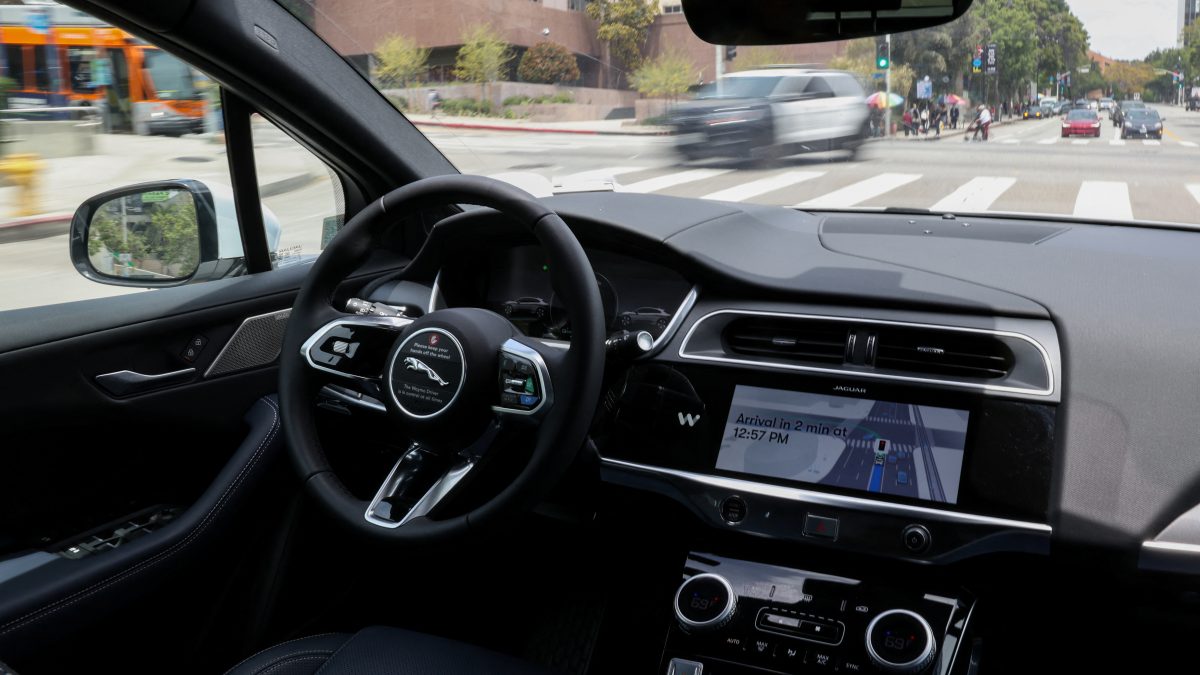Researchers in the Netherlands say radio waves from Elon Musk’s Starlink satellites are disrupting their ability to observe the universe, raising concerns about the impact on astronomical research.
The second-generation Starlink satellites, designed to provide global internet, are interfering with radio telescopes at a higher level than previous versions, BBC reported, citing the Netherlands Institute for Radio Astronomy (ASTRON).
ASTRON scientists claim the satellites are “blinding” radio telescopes, potentially hindering research into distant galaxies, black holes, and exoplanets. “Every time more of these are launched with these kinds of emission levels, we see less and less of the sky,” ASTRON Director Jessica Dempsey told the BBC.
Interference from the new V2 Starlink satellites is reportedly 32 times stronger than the first generation, exceeding emission limits set by the International Telecommunications Union, Dempsey added.
There are currently around 6,400 Starlink satellites in orbit, making SpaceX the largest provider of satellite-based internet services. While these satellites offer critical broadband connectivity to remote regions, including conflict zones like Ukraine, their impact on scientific research has raised alarms.
The findings were based on a study using the LOFAR radio telescope in the Netherlands, which revealed unintended electromagnetic radiation from nearly all observed V2 Starlink satellites. The radiation was said to be 10 million times brighter than the weakest cosmic signals detected by radio telescopes, leading scientists to warn that the problem is growing as SpaceX continues to launch approximately 40 new satellites each week, BBC reported.
Robert Massey, Deputy Executive Director of the Royal Astronomical Society in the UK, urged swift action. “If you have something this bright compromising a major radio observatory, we need to do something, and we need to do it quickly,” he said.
Impact Shorts
More ShortsAstronomers have previously worked with SpaceX to address concerns about radiation from earlier satellites, but ASTRON says the newer generation presents even more severe challenges. The researchers are calling for stronger regulations to protect scientific work from satellite interference and believe SpaceX, as the largest satellite operator, could set an example for mitigating pollution.
“If it continues without mitigation, this could become an existential threat for the kinds of astronomy we do,” Dempsey warned. She added that simple actions, such as shielding the satellite batteries, could significantly reduce radiation levels.
Without action, she cautioned, “very soon the only constellations we will see will be human-made.”


)

)
)
)
)
)
)
)
)



